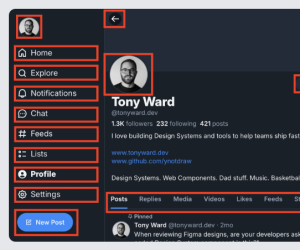How I approach motion in product design
Motion is critical for how a product feels. It guides attention, reinforces brand personality, and can make an interface feel more responsive. Motion has been a core part of my design process, going way back to the days when Principle was king.










